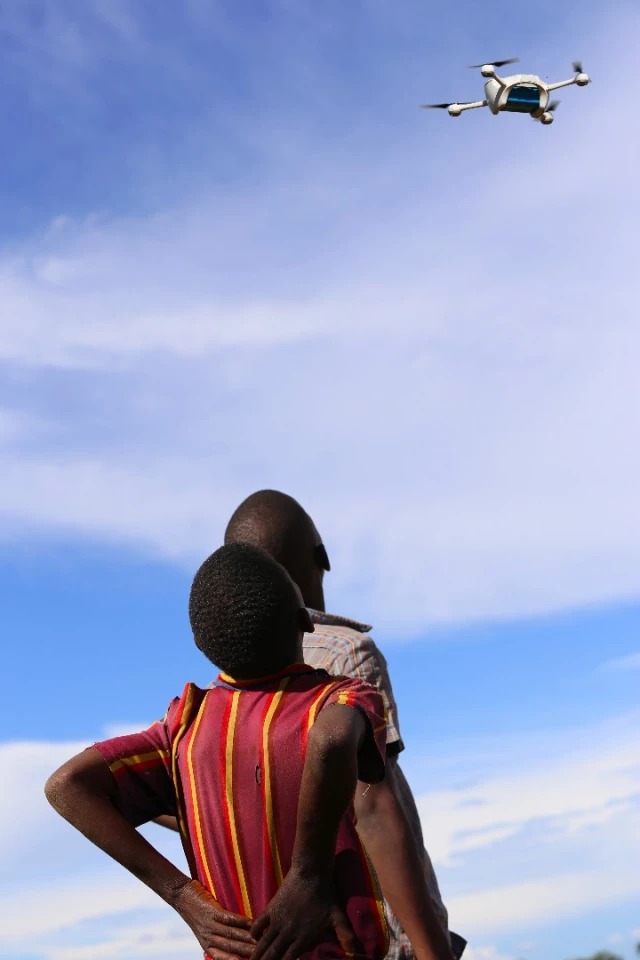In the developing world, where isolated villages may be accessible only by rough roads, aerial drones can do a lot of good. With this in mind, the Government of Malawi and UNICEF have announced an initiative aimed at further developing humanitarian uses for the aircraft. They've established a drone testing corridor in Malawi, which is reportedly the first of its kind anywhere in Africa.
Known as the Humanitarian UAS Testing Corridor (UAS – unmanned aircraft system), it will extend along a 40-km (25-mile) swath of land, extending up to an altitude of 500 m (1,640 ft).
Plans call on it to facilitate testing in three main areas – the delivery of items such as medical supplies, samples or vaccines; the extension of Wi-Fi or cellphone signals across difficult terrain, particularly in emergencies; and the capture and analysis of aerial imagery for development, and during humanitarian crises such as natural disasters.

The corridor should be fully operational by next April, at which time it will available for use by private groups, universities, or other parties developing relevant technology.
"The establishment of the testing corridor means there is now a place where we can explore the potential of UAS in the development and humanitarian space," says Cynthia McCaffrey, Director of UNICEF's Office of Innovation. "This program allows UNICEF to adapt to rapid developments in UAS technology and potentially integrate UAS into our work for children."
Source: UNICEF






